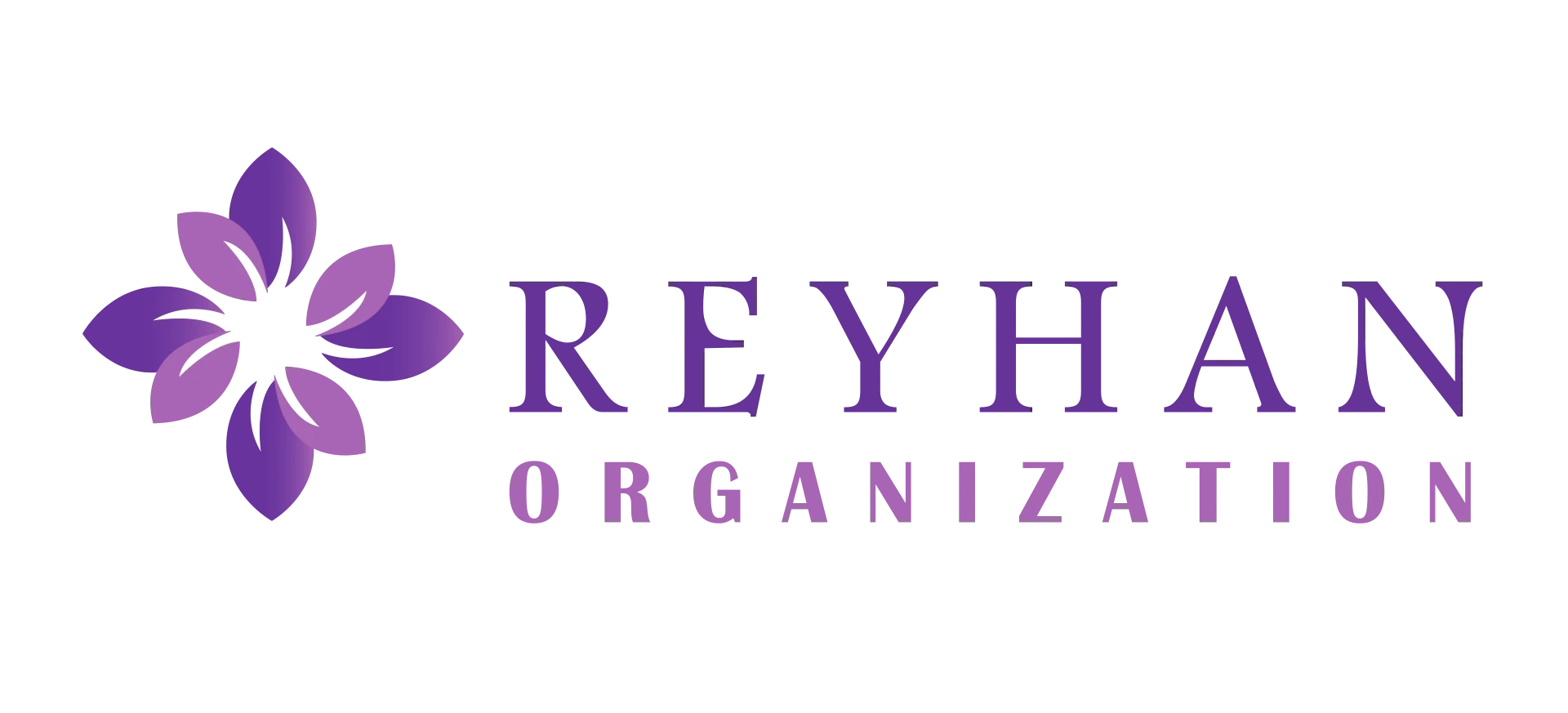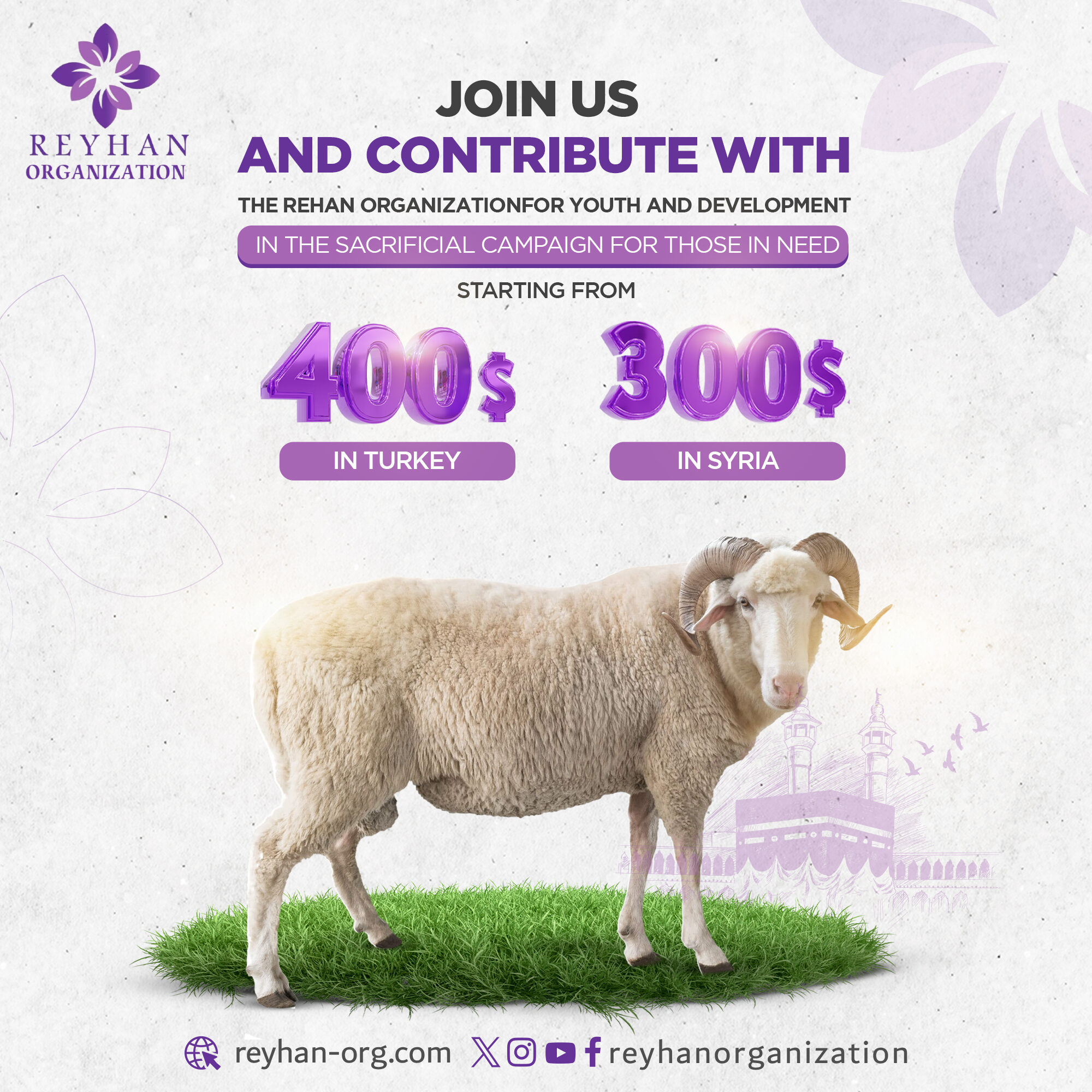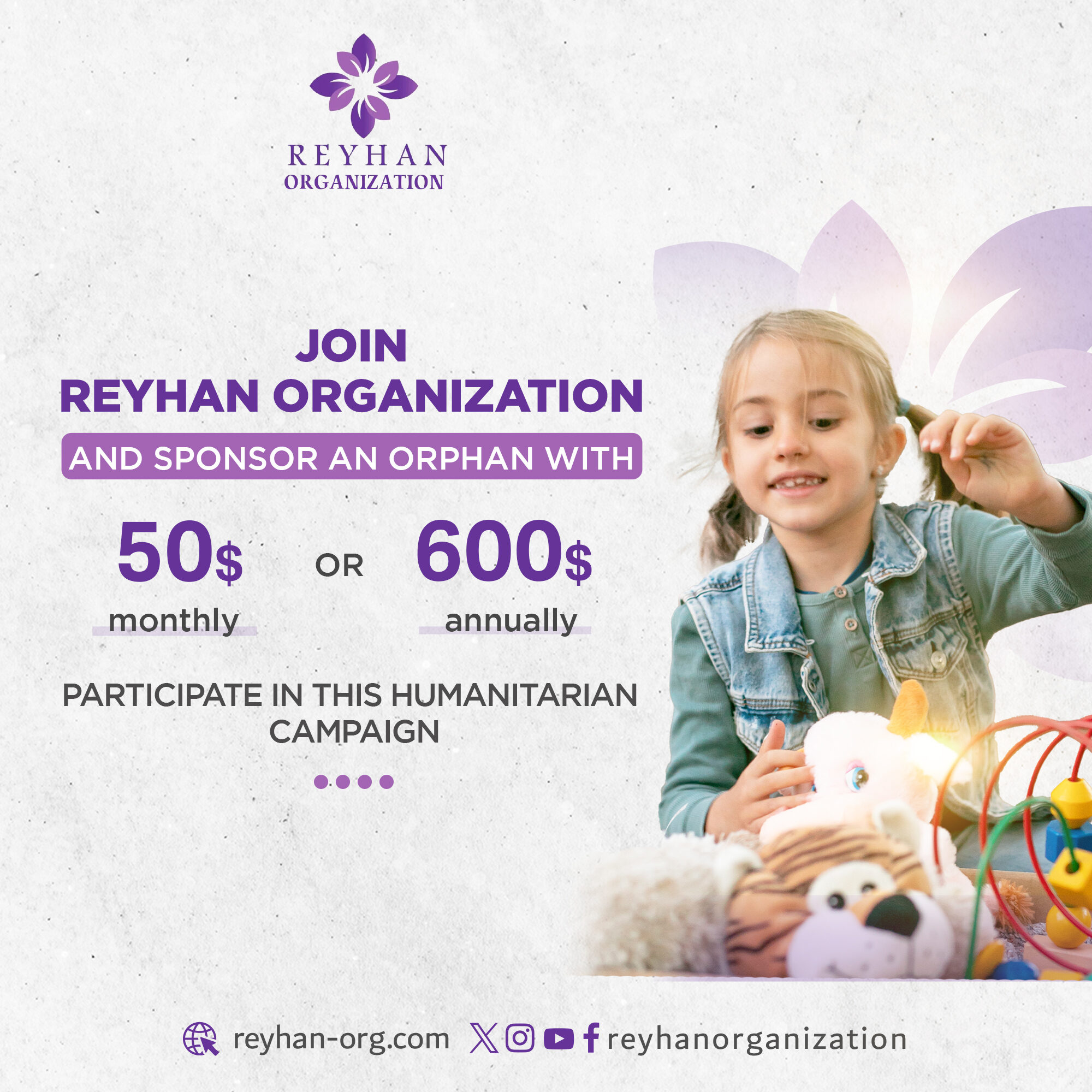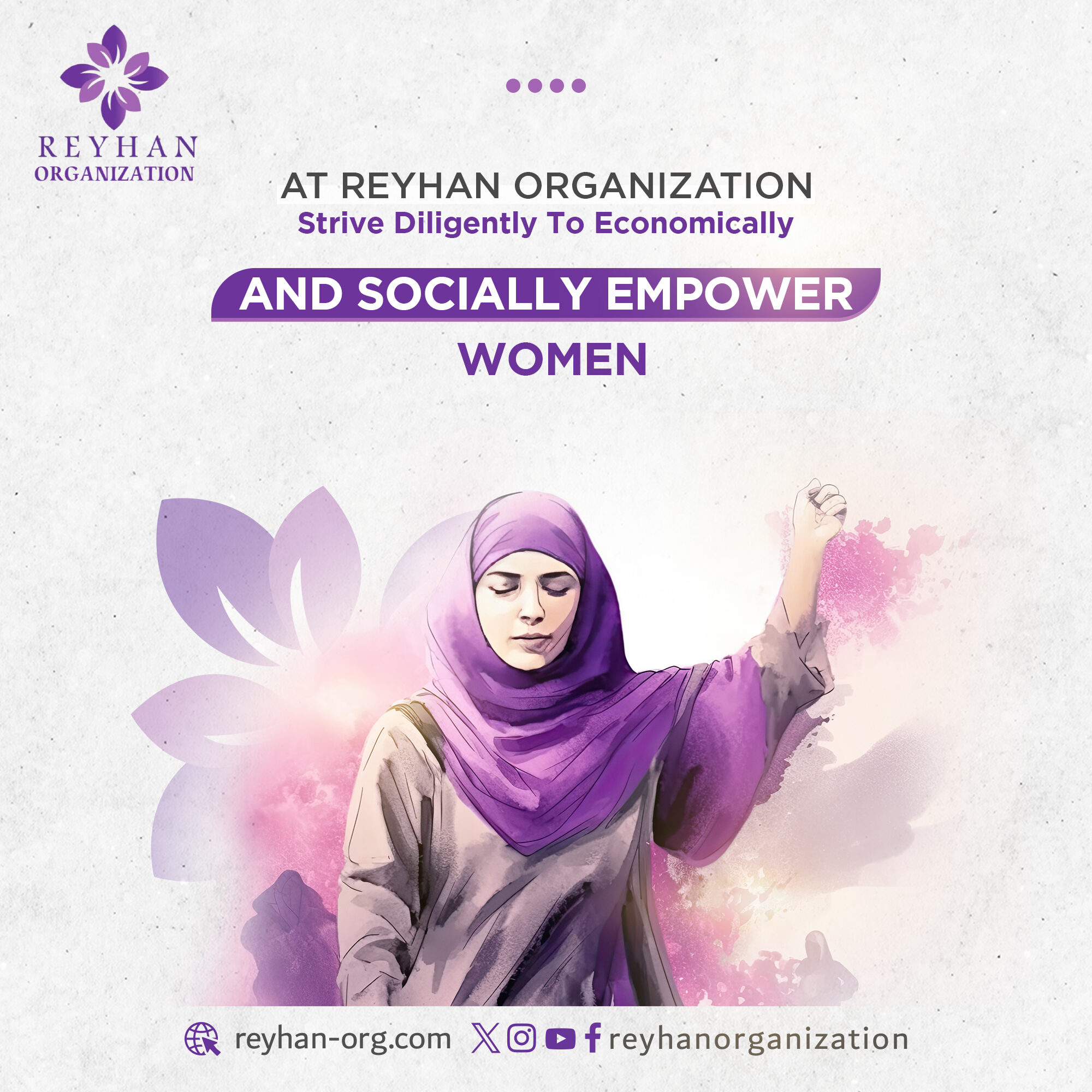Kubernetes, often abbreviated as K8s, has turn out to be the de facto commonplace for container orchestration. It supplies a sturdy Product Operating Model framework for automating the deployment, scaling, and management of containerized functions. Kubernetes provides options like load balancing, self-healing, auto-scaling, and repair discovery, enabling organizations to successfully manage large-scale deployments with ease. By leveraging Kubernetes, companies can guarantee excessive availability, fault tolerance, and efficient useful resource utilization, all while decreasing operational overhead.
Understanding Containerization: Docker And Kubernetes Demystified
The use of containers for deployment and execution of purposes is changing into more and more well-liked, thanks partially to its many benefits when compared to other virtualization strategies. Containerization is an OS-level virtualization technique for deploying and running distributed functions without the necessity for a separate virtual machine (VM) for each application. Containers allow you to package an software with all of its dependencies and ship it as one unit. Containerization is a expertise that permits you to package deal an application with all of its dependencies so that it could be containerization solutions run on any machine without the necessity for configuration. Of course, securing containerized functions means you have to take utility safety (appsec) critically as nicely.

Steady Integration And Deployment (ci/cd)

Originating from OS-level virtualization, containers encapsulate an utility and its dependencies right into a single, moveable unit. They offer advantages in resource effectivity, scalability, and portability, making them a popular choice for cloud-native purposes and microservices architectures. Each of those microservices is contained inside a container, a fundamental expertise in the cloud-native mannequin. Containers provide a consistent and isolated setting for applications to run.
What Is Container Orchestration?
Containers preserve an unchangeable state once created, ensuring constant behavior throughout environments, simplifying rollbacks, enhancing safety, and lowering deployment-related errors. As every know-how enhances the opposite, combining the strengths of both these technologies will lead to more handy, shorter, and less complex development and deployment processes. In a easy Kubernetes deployment, there shall be a dedicated server for the management airplane (Master Node) to handle the whole cluster. The controllers inside the control airplane will handle all of the nodes and services within the cluster. Additionally, they may also take care of scheduling, API service, and state management using etcd.
- Each container encapsulates all the necessary elements, libraries, and configurations required for the appliance to run persistently throughout different environments.
- Virtualization allows organizations to run different working systems and purposes on the identical time whereas drawing on the same infrastructure, or computing resources.
- K8s separates utility configuration from code, enabling you to handle configurations, setting variables, and secrets independently and constantly across environments.
- Each container encapsulates the application, its dependencies, libraries, and configurations, making certain consistency and reproducibility throughout completely different environments.
Serverless Computing: Embracing Scalability And Value Effectivity
The first step is to make certain that your eCommerce application is containerized using Docker containers. Each element of the appliance, like the frontend, backend, and database, is packaged into separate containers. Containers allow the creation of reproducible development and testing environments that mirror manufacturing settings.
The key concept behind containerization is the use of container engines, such as Docker or Kubernetes. These engines provide the necessary infrastructure to create, handle, and deploy containers. They leverage working system-level virtualization to isolate containers from each other and the underlying host system. Containers encapsulate an utility and all its dependencies into a single bundle, making it easy to run the applying on any platform or infrastructure. This eliminates the need for complicated setup and configuration processes, as containers may be easily moved between completely different environments with out compatibility issues. It automates the set up, expansion, and administration of containerized applications across a community of computers.
LXC containers embody application-specific binaries and libraries however do not bundle the OS kernel, making them light-weight and able to working in large numbers on limited hardware. There was no method to defineresource boundaries for functions in a physical server, and this triggered resourceallocation points. For instance, if multiple purposes run on a bodily server, therecan be cases the place one application would take up many of the assets, and as a result,the other functions would underperform. A resolution for this would be to run each applicationon a special physical server. But this did not scale as sources had been underutilized, and itwas costly for organizations to maintain up many bodily servers.
Containers could be easily transported from a desktop laptop to a digital machine (VM) or from a Linux to a Windows operating system. Containers will also run constantly on virtualized infrastructures or traditional naked metallic servers, either on-premises or in a cloud data middle. Containers are technologies that allow the packaging and isolation of applications with their complete runtime environment—all of the information necessary to run.
They additionally support the gradual adoption of microservices and serverless architectures. This software program, usually known as a container engine, handles the lifecycle administration of containers. It takes a container image, creates a running instance, and allocates the mandatory resources for execution. In distinction, digital machines can help multiple functions simultaneously. A key distinction is that containers share a single kernel on a physical machine, whereas every digital machine contains its kernel.
While containers are ephemeral by default, integrating storage options with container orchestration platforms allows for managing information volumes and guaranteeing knowledge continuity across container lifecycles. Developers can create containers with out Docker but the Docker platform makes it easier to take action. These container photographs can then be deployed and run on any platform that helps containers, such as Kubernetes, Docker Swarm, Mesos, or HashiCorp Nomad. When Docker was launched in 2013 it brought us the modern era of the container and ushered in a computing model primarily based on microservices. Virtualization allows higher utilization of resources in a physical server and allowsbetter scalability as a end result of an application can be added or up to date simply, reduceshardware prices, and rather more.

Specifically, the developer and the CSP deal with provisioning the cloud infrastructure required to run the code and scaling the infrastructure up and down on demand as needed. Containers decouple applications from the underlying host infrastructure.This makes deployment easier in numerous cloud or OS environments. Successful Kubernetes containerization is a harmonious mix of architectural ingenuity, safety foresight, resource optimization, and vigilant monitoring. Embrace these considerations to unlock the total potential of containerization inside Kubernetes, empowering your applications to thrive within the dynamic world of contemporary software deployment.
Containerization is a light-weight virtualization method that enables functions and their dependencies to be bundled collectively into self-contained items known as containers. Each container encapsulates all the mandatory elements, libraries, and configurations required for the appliance to run consistently across different environments. By eliminating the problems related to dependencies and inconsistencies, containerization ensures applications could be deployed seamlessly throughout various techniques and environments. Additionally, a variety of container security options are available to automate threat detection and response across an enterprise. These instruments assist monitor and enforce safety policies and meet industry standards to make sure the safe circulate of information.
While Kubernetes pods can comprise multiple containers, it’s generally best to maintain pods targeted on a single accountability. Using multi-container pods can enhance complexity, making pods tougher to handle and scale. Reserve multi-container patterns for tightly coupled application parts that should share sources. When a pod runs a quantity of containers, Kubernetes manages the containers as a single entity, facilitating shared sources like networking and storage. Containerization has turn out to be an essential a part of modern software program growth practices, notably in microservices architectures and cloud-native purposes. Kubernetes is the perfect solution to scale containerized purposes from a single server to a multi-server deployment.
As visitors will increase, Kubernetes detects the higher load and creates extra pods to handle it. Kubernetes continuously displays the health of application parts (pods) and nodes. If a pod or node fails, K8s routinely replaces it with a brand new instance to make sure high availability and resilience. Embrace the ease of container administration with DigitalOcean’s Managed Kubernetes and focus more on growth and fewer on maintenance.
Transform Your Business With AI Software Development Solutions https://www.globalcloudteam.com/ — be successful, be the first!






